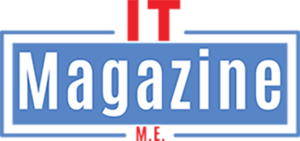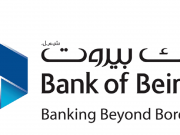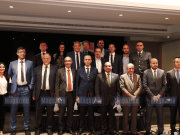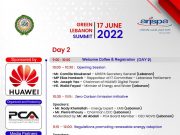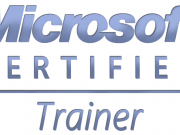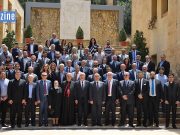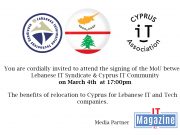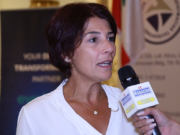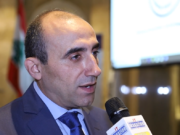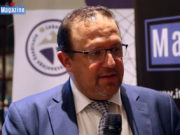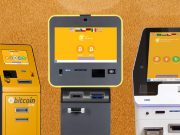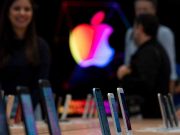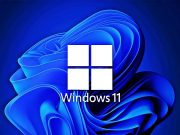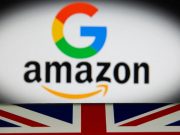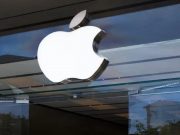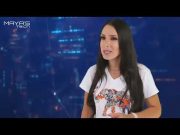The Information and Communication Technology (ICT) sector is a fast growing sector with a market size of USD 436.2 million in 2016, growing at a compounded annual growth rate (CAGR) of 7% over the 2014-2016 period. The positive performance of this sector has benefited from massive investments in the telecom infrastructure, broadband capacity and speed.
KEY FACTS AND FIGURES:
- The market is expected to grow at a CAGR of 9.7% over the 2016-2019 period.
- In 2017, the sector contributed USD 1.4 billion to Lebanon’s GDP.
- The impact of the ICT sector on GDP, whether direct or indirect, is forecasted to be greater than USD 7 billion by 2025.
- The local ICT sector comprises mostly small and medium-sized businesses.
- Around 5000 high-skilled individuals are employed in software development and services companies.
- The ICT industry in Lebanon spans across an array of activities that rank among the most growing in the world.
- In 2017, exports of ICT related activities accounted for 4.2% of total service exports, and around 85% of firms engaged in ICT activities are export oriented.
COMPETITIVE ADVANTAGES:
- Highly skilled and multi-lingual labor force: Lebanon ranks 18th worldwide for the Quality of its higher Educational System and 4th for the quality its Math and Sciences Education.
- In 2017, Lebanon ranked 4th worldwide on the Global Ranking for Total Early Stage Entrepreneurial Activity and 3rd for New Firm Entrepreneurs Rate.
- Competitive labor cost: the average wage of software engineers is 27% less than in the GCC and 55% less than in selected developed economies.
- Booming regional market for ICT services: Lebanon’s access to expanding regional markets presents significant opportunities for ICT companies to serve the region.
- Enabling Infrastructure: Companies operating out of Lebanon can benefit from an adequate infrastructure and an enabling business environment:
- Fixed broadband penetration rate ≈ 25.6% in 2016, the highest amongst the Levant countries and other MENA economies.
- Mobile broadband penetration rate ≈ 53.5% in 2016, up from 43% in 2013.
- A thriving supporting system: with the proliferation of incubators and business development centers and the increase of financial support by the government and international institutions.
MARKET OPPORTUNITIES:
- Gaming: The mobile gaming industry in the MENA region generated around USD 2.7 billion with Lebanon revenues amounted to USD 49.9 million.
- E-Health: The MENA healthcare market will be valued at USD 144 billion by 2020, with a third of the market controlled by the private sector.
- AdTech: Lebanon presents a competitive advantage for the development of Adtech products, especially in mobile and search
- Enterprise Software as a Service (SaaS): the SaaS market in the MENA region is expected to reach USD 411.7 million by 2019, accounting for the biggest share of public cloud services market size.
- Media Streaming: Global revenues in the “Music Streaming” segment are expected to grow at a CAGR of 8% over the 2018-2020 period, providing opportunities for developers in Lebanon.
- Consumer Internet: in 2017, 4.8% of the world internet users are Arabic speakers with a penetration rate of 43.8%
- Financial and e-payment solutions: in Lebanon, the market is comprised of 12 online payment providers offering fast and innovative payment methods.
